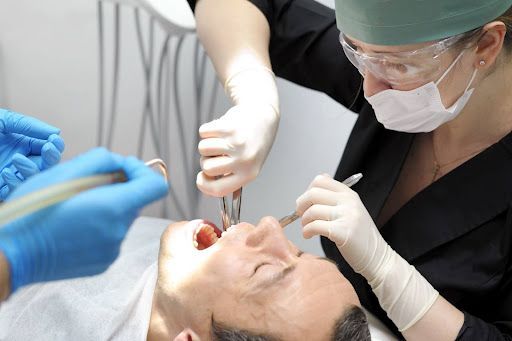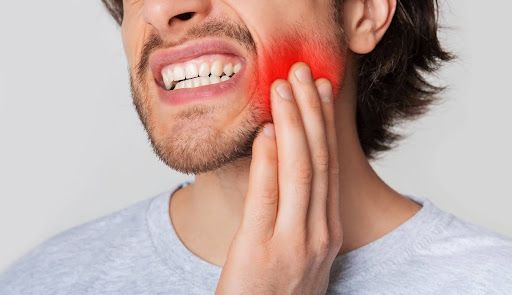When should you throw away your toothbrush?
November 20, 2013
One of the best tools you can use to help keep your teeth and mouth healthy is your toothbrush. Are you getting the most out of your toothbrush? A worn out toothbrush cleans your teeth much less effectively than a new toothbrush, so make sure your replace your toothbrush regularly to increase it’s efficiency.
Worn Out
As you use your toothbrush, the bristles get worn down and frayed. This causes them to be less effective at removing the plaque and calculus that accumulates on your teeth. Don’t wait until your brush is visibly splayed out and frayed. At this point your bristles are thoroughly worn out and most likely haven’t been doing an optimal job of cleaning your teeth. Instead write the date on your toothbrush handle and replace your toothbrush every 3 to 4 months.
If your toothbrush has an indicator strip, but it hasn’t worn out in 3 to 4 months, chances are you aren’t brushing your teeth long enough. If you need, you should get a toothbrush timer to ensure that you are brushing your teeth for 2 full minutes twice a day. If you don’t have a timer, but you have a smart phone, see if one of these apps would work for you.
On the other hand, if you find that your toothbrush is starting to fray prior to the 3 to 4 month mark, chances are that you are brushing too hard. If this is the case, we recommend using an electric toothbrush – specifically an Oral-B with SmartGuide. The SmartGuide has an indicator that lets you know when you are brushing too hard and helps retrain you to brush your teeth better.
Small children often chew on their toothbrush, causing the bristles to fray earlier than expected and requiring the toothbrush to be changed more often.
Sickness
In the past, dentists have recommended replacing your toothbrush when you get sick. A small study by researchers from the University of Texas Medical Branch, has shown that replacing your brush after you are sick may not be necessary. Although one of the co-authors states that more research is necessary to confirm this theory.
At our Evanston dental office, Dr. Jim and Dr. Bob have conflicting opinions on this subject. Dr. Jim recommends replacing your toothbrush after you get sick, especially if you haven’t replaced your toothbrush recently. Older toothbrushes may harbor bacteria, and the addition of any viruses or bacteria from illness just adds to the “ick” factor. Changing your toothbrush after you are sick is a good start to a healthier mouth.
Alternatively, Dr. Bob does not feel there is a need to change your toothbrush after you are sick. Once you get over your illness, your body is capable of producing the antibodies necessary to fight off the illness. So there is less chance of you getting sick from any bacteria that may be harbored by your toothbrush.
In either case, keep the 3 to 4 month time frame in mind. If you are sick nearer to the 3 or 4 month time frame, save yourself the hassle and switch your brush after you are healthy again.
Other Extenuating Cases
Other reasons for changing your toothbrush usually involve outside intervention from pets and small children. For example – a toothbrush that ends up in a pet’s mouth or in the toilet would need to be replaced. Those examples may be obvious, so here’s one that may be less obvious: if your significant other uses your toothbrush. Replacing your toothbrush in this case helps minimize cross contamination, especially if your partner has any kind of periodontal disease or dental caries.
Maximize your toothbrush’s efficiency and change your brush four times a year. Choose a toothbrush with extra soft bristles to ensure you don’t damage your gums or enamel. Other than that, choose a toothbrush that is comfortable for you and brush two times a day for two minutes. If you have any questions about your toothbrush or your brushing habits, bring them up with your dental provider at your next dental visit.
The post When should you throw away your toothbrush? appeared first on Stephens Dentistry.







